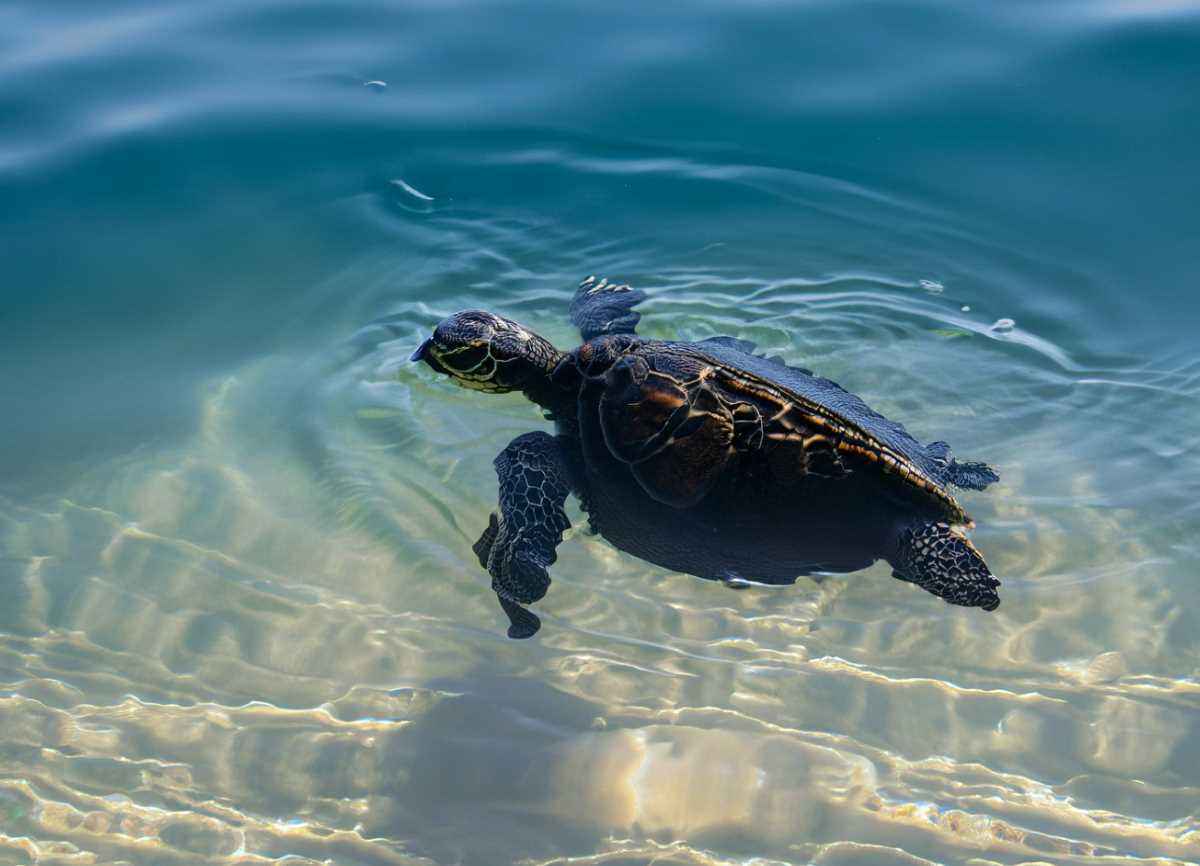The Bahía de Los Angeles and Its Ancient Marine Reptiles
The Bahía de Los Angeles serves as a stunning ecological stage, teeming with marine biodiversity. It's not just a living museum but a critical sanctuary for five of the world's seven known species of sea turtles, each with its own unique behaviors and habitats.

The Bahía de Los Angeles, a tranquil inlet situated along the eastern coast of Baja California Peninsula, functions as a dynamic ecological stage where marine biodiversity unfolds in all its awe-inspiring grandeur. Among the multitude of marine fauna that inhabit the Gulf of California and the broader Gulf of California Great Islands Region, sea turtles are especially emblematic, both for their biological distinctiveness and the cautionary tale they tell about the environment. The bay serves as a refuge for an extraordinary array of these ancient mariners, making it a focal point for both scientific study and conservation efforts.
The Bahía de Los Angeles offers a snapshot of a much broader biodiversity, housing five of the world's seven known species of sea turtles. These species belong to two taxonomic families: Dermochelyidae, with its singular species the leatherback (Dermochelys coriacea), and Chelonidae, which includes four genera—Caretta (loggerhead), Chelonia (black turtle), Eretmochelys (hawksbill), and Lepidochelys (olive ridley).




